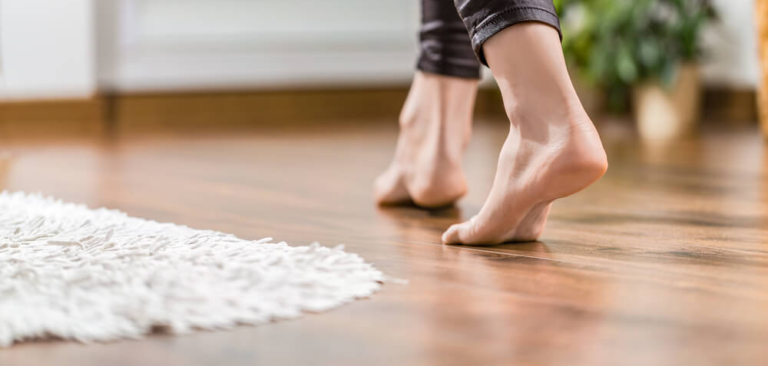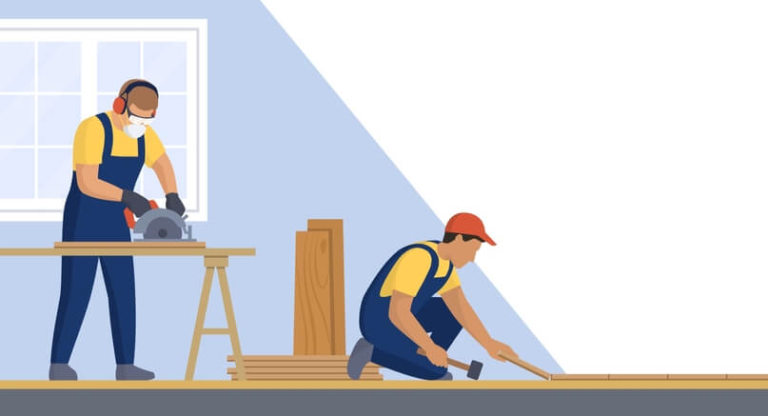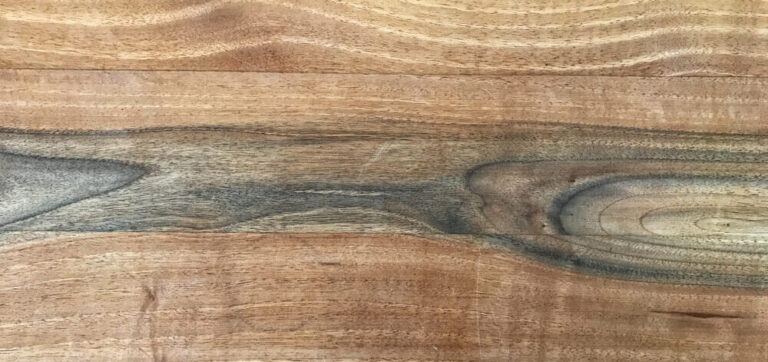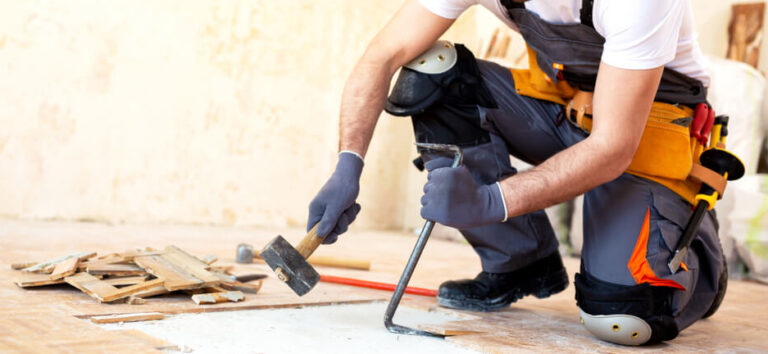Do hardwood floors expand lengthwise? Know the Right Direction

Everybody knows wood floors expand in summer and shrinks back in winter. Being home improvement professionals, we guide every homeowner about the movement of wood floors and their direction.
No hardwood floors do not expand lengthwise. They expand across their width, usually in radial or tangential to the direction of grains in wood planks. Wood does not expand in the direction of grain ring growth.
In this article, we will tell you the right direction of wood expansion, the right ways to handle this movement, and the possible damage from wrong handling.
Let’s have a look,
What Direction Do Hardwood Floors Expand?
Wood is a natural hygroscopic material that absorbs and loses moisture resulting in its expansion and contraction. No one can stop this natural phenomenon. Therefore, we observe slight seasonal changes and creak and squeak in hardwood floors. Sometimes, this movement can only be beneficial if cared for. To avoid this, we must know whether hardwood floors move lengthwise
On absorption of moisture, hardwood floors expand across their width. Most of the expansion is radial(perpendicular to grains) or tangential(across the grains).
A 6-inch wide flooring board usually shrinks by 1/3rd in width, whereas zero to very slight movement is observed lengthwise.
How Much Do Wood Floors Expand In Length?
Wood floors expand lengthwise only for a few inches. Therefore, they do not shrink majorly and shorten their length. In case of excessive moisture, there can be some slight expansion or contraction lengthwise. This longitudinal change is so small that it can easily be ignored. An 8-foot-long green lumbar wood board only shrinks about 3/32 inches.
This slight wood movement can be adjusted by leaving small expansion gaps while installing the hardwood floors. Customers usually ask, “Do hardwood floors need expansion gaps?”. The answer is, Yes. Expansion gaps are the small necessary gaps left at the room’s perimeter. This helps prevent twisting, cupping and other kinds of floor damage.
Types Of Wood & Their Effect On Expansion And Contraction
Floors are made up of different wood types with different kinds of cuts. How the wooden boards are cut from the log makes the direction of grains in them. Quarter-sawing generates vertical grains, whereas plain-sawing yields flat grains. According to an experimental study, effect of temperature on moisture-induced expansion and contraction is more prominent in transverse grain wood floors.

The grain format shows the extent of wood movement. Vertical grain wooden floor movement has double expansion compared to flat grain with the same level of change in humidity. Therefore, be careful while buying hardwood floors.
How To Protect Hardwood Floors Expansion In the Wrong Direction
Excessive expansion may cause permanent damage to your floors. Following some of the following preventive measures will protect them;
- Proper kiln drying and on-site acclimation of wood reduce the excessive expansion of the wood movement, especially in the wrong direction.
- Properly nailing hardwood floors help to reduce severe expansion and contraction in the wood
- Moderately wide wood flooring boards are more stable compared to very wide ones. On moisture absorption, wider planks expand and crack in the center, whereas narrower ones do not face huge damage.
- According to research, applying sealers, paints, and varnishes on hardwood floors, special heat treatments, prevents the excessive absorption of moisture content. Due to this, floor movement is controlled up to some extent.
Conclusion
Hardwood floors do not expand lengthwise. Wood boards majorly show tangential and radial movements that expand the wood across its width. We suggest you leave small expansion gaps of around ¾ inches at the perimeter of your room for any emergency and uncertain situation. This will prevent creaking and squeaking of floors at night and eventually a stable floor.








2 Comments